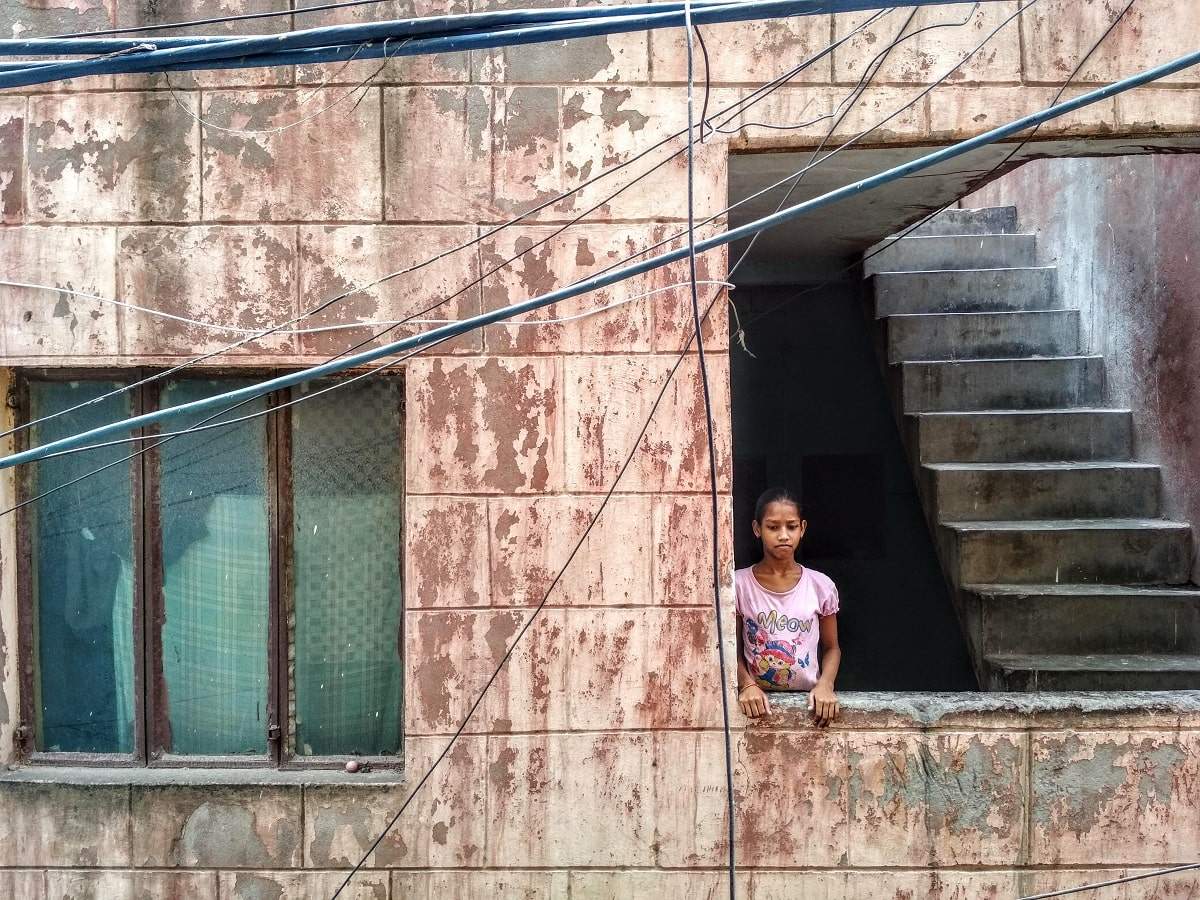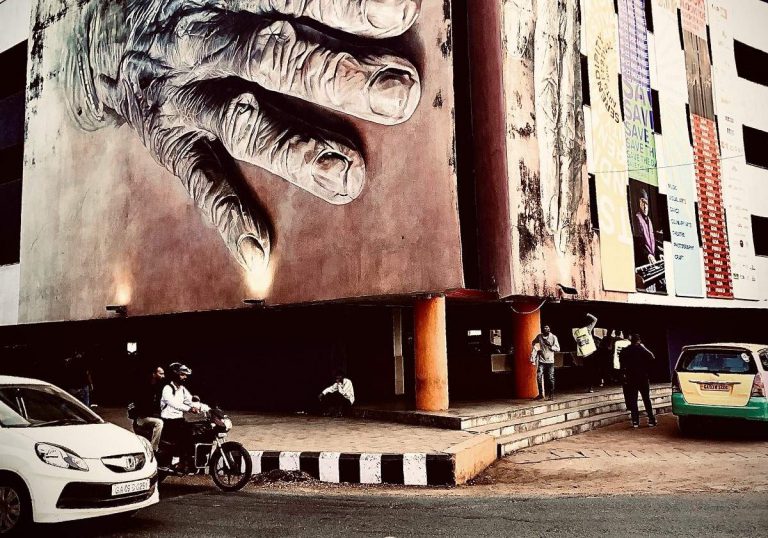How do we deal with child sexual abuse

Pooja Priyamvada is an author, columnist, translator, online content & Social Media consultant and poet. Currently she is Academic Director at International Institute of Mass Media (IIMM) Delhi.
An awarded bi-lingual blogger she is a trained psychological/mental health first aider, corporate emotional wellness trainer, mindfulness & grief facilitator, reflective listener, mental health researcher and suicide prevention activist. She has been associated and published at reputed national & global portals, anthologies and journals.
She is a course facilitator of an online course- “Leadership & Management in Health” offered by University of Washington. She is a part of the organising team of Kritya International Poetry Festival 2021 and has been actively organising theatre and reading workshops at the National Museum, New Delhi.
She has translated Joseph Murphy’s The Power of the Subconscious Mind to Aapke Avchetan Mann ki Shakti for Penguin Random House in 2022, A Night in the Hills, a collection of short stories by Manav Kaul published by Westland Books in 2019 and Caregivers’ Handbook for Down’s Syndrome published by Sangati Foundation in 2021. Her ebooks Mental Health: A Primer and Lessons for Life from Death:Papa & I and translation Land of Ghosts: Iceland are available on Amazon Kindle.
Recently Facebook and all social media were abuzz about child sexual abuse allegations on famous Hindi poet Nagarjun. The lady Gungun Thanvi in her thirties recently narrated the abuse that happened to her when she was merely seven years old in a Facebook post that was later found removed or hidden.
The social media is abuzz with posts both in support and against the claim. What most people fail to realize is that for even adult survivors of Child Sexual Abuse (CSA), coming out is a long-term process and takes years, sometimes decades. In the wake of #MeToo a famous male professor, late Satya P Gautam, had come out about CSA after about 55 years hence proving two points- boys are equally victims of this and coming out sometimes can take an entire lifetime almost because of the fear and shame associated with it.
How child abuse is often perpetrated
No abuse can be predicted, and that is sad. However, some patterns are commonly observed and, if noticed, can be used to identify potential abuse, and many children can be saved in time.
One such aspect is “grooming.” This is a process where a potential abuser develops a connection with the intention of abuse with the child. The abuser is smart enough to identify what lacks in the child’s life and then tries to fulfill those needs. These could be as basic as food or a new toy, or more complex ones like attention, physical care, and touch, anything else that the child is not receiving in her/his family.
The child often also experiences confusion regarding the abuse as they feel “violated” by someone the child loved and trusted. This aspect of child abuse has long-term emotional consequences for a child, sometimes even more devastating than the incident of sexual abuse itself. They develop a lack of trust for anyone, start believing that anyone who is being kind to them wants something in return. This hugely hinders their ability to create healthy and supportive relationships in childhood and even later in adulthood sometimes.
CSA and mental health
Child sexual abuse has some long-term and short-term mental health impacts too. Many survivors report various mental health diagnoses, often labeled as ‘disorders.’ The most widely accepted diagnostics manual DSM-5 lists 297 ‘disorders.’ However, all mental health crises, particularly those that are outcomes of trauma such as CSA, is not so easily classifiable.
Most often, it is complex trauma— which is now included in the World Health Organisation’s diagnostics manual (ICD-11) for the first time as Complex Post-Traumatic Stress Disorder (CPTSD). In 1992 leading incest and traumatic stress researcher Judith L. Herman had suggested this diagnosis to capture the sustaining effects of childhood abuse and a few other kinds of long-term violence in intimate/family situations.
Complex trauma can be characterized by:
- A survivor tries to avoid anything that is a reminder of the abuse
- They struggle with managing emotions
- They have difficulties relating to other people
- There is a pervading negative sense of self and low self-esteem
- Physical feelings of distress, constant anger, frustration and irritability
- Difficulty in concentration, emotional numbness
- Sometimes feelings of revenge
- Hyper-vigilance- the person consistently feels a sense of threat and keeps their guards high.
- Flashbacks – These are vivid recalls of the incident(s) that make them re-experience the stress of abuse.
Also, survivors often feel it must be their fault, and they are blameworthy. Other dominant feelings are of powerlessness, loss of confidence, and helplessness.
Path to recovery
Recovery from trauma, especially that of child sexual abuse, is a long and personal process. However, survivors must take note of a few points:
- Always remember you are the expert of your lived experience. It is your right to ask your mental health caregiver to work with you as a collaborator in your recovery process and prescribe only what you are comfortable with.
- A survivor must understand the underlying cause(s) of their distress. It is good to read on topics such as abuse, trauma, and several approaches to recovery.
- Always remember Post-traumatic stress symptoms vary from individual to individual, and also vary from time to time. It is common to experience other mental health crises like depression, anxiety, or sleep-related issues, which must be addressed separately.
- Flashbacks that are the involuntary replay of the traumatic events and can be triggered by sounds, smells, feelings, images, or their absence can make one feel panic. These sometimes also occur in dreams as well. But flashbacks and nightmares are not all bad. These indicate that the subconscious mind has now begun to process the uncomfortable memories, and this could be a step towards recovery. With a few simple grounding techniques and support, one can manage the emotions stirred by flashbacks.
Dyuti Sudipta, a survivor, said, “I have Borderline Personality Disorder arising from it (child abuse). It has given me severe anxiety disorder, chronic depression, suicidal ideations. The inability to be stable, tendency for reckless and fatal risk-taking, self-harming tendencies, and abandonment issues. That has led to staying in abusive relationships for long times, choosing partners who resemble my abuser, insomnia, massive weight and hair loss, unstable relationships. Adding extra expenditure on medicines, therapy, and psychiatric treatment.”
Recovery is different for every survivor. There can be peaks where one feels you have overcome the trauma, and there can be troughs when it all comes back.
In the book Trauma & Recovery, author Judith L. Herman puts forth a three-stage sequence based on her work with survivors, as following:
- The first stage emphasizes gaining a sense of physical safety and stability by the survivor. Having a safe physical space to live, ending the abusive relationship, and starting counseling (either formally or with any supportive person). This can involve exercises and relaxation techniques for the body to release the accumulated physical stress.
- The second stage involves more practical work with the therapist and/or support person. This involves connecting with your feelings about this trauma and normalizing underlying reactions. Many survivors do experience a tremendous sense of relief by just speaking about it; others may not. It is entirely the survivor’s agency and right to disclose details of the abuse, for some, it could never be, and that is fine too, just another way of processing it. This is also the stage of building upon emotional strength, resilience, and adaptability. Also, unhealthy coping behaviors like addiction can be recognized and addressed here to move on.
- The third stage of recovery shall involve moving on to a life that isn’t dominated anymore by memories or feelings linked to childhood abuse. Frequency and intensity of triggers shall reduce, survivor, shall develop a stronger sense of self, and feel less threatened by intimate human relationships. Overall mental and physical health shows improvement.
What is notable is that most of these steps often overlap, and often, it is like two steps forward and one step back. However, setbacks will also become less stressful, and survivors shall gain more control over their mental health.
As a society, families, friends, and communities, it is our duty to understand child abuse better, take measures to prevent it, never hush it up and support the recovery process of the survivors so that it becomes a better world for all children.
Featured Image Credits: Sri Harsha Dantuluri







